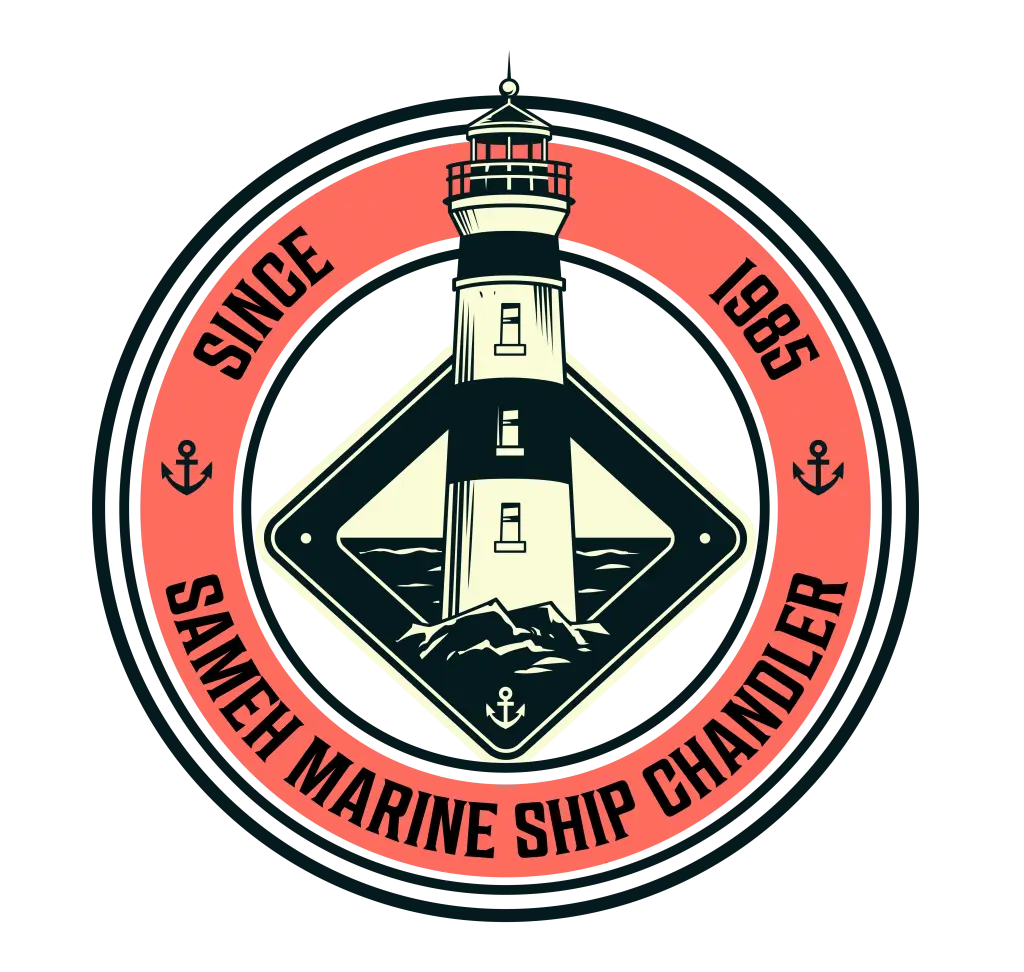Egypt’s Port Said, the gateway to the Suez Canal, pulsates with maritime activity. Ships of all shapes and sizes traverse its waters, connecting continents and fueling global trade. But amidst this bustling commerce, a crucial question arises: is Port Said safe?
The answer, like the port itself, is multifaceted. Understanding the nuances of Egyptian ports safety involves a deeper dive into maritime regulations, equipment, and local expertise. So, let’s cast our anchor and navigate the intricacies of navigating safely in Port Said.
Understanding the Importance of Port Safety:
Maritime safety is more than just a tagline; it’s the bedrock of a thriving port. Accidents at sea can have devastating consequences, harming not just vessels and crew but also the delicate marine environment and surrounding economies. Port Said, with its strategic location and dense traffic, demands a rigorous commitment to safety protocols.
Is Port Said Safe for Maritime Operations?
Evaluating Port Said’s safety comprehensively requires assessing various aspects:
- Infrastructure: The Egyptian Maritime Safety Authority (EMSA) oversees port operations, implementing international safety standards and conducting regular inspections. Upgraded infrastructure, including modern navigation aids and dredging initiatives, further enhance safety.
- Regulations: Egypt adheres to the International Maritime Organization (IMO) regulations, ensuring vessel compliance with global safety protocols. Implementing and enforcing these regulations are crucial for preventing accidents.
- Training: Qualified personnel are the cornerstones of maritime safety. Egypt invests in training programs for seafarers, equipping them with the skills and knowledge to navigate safely and respond to emergencies.
- Risk Management: Implementing effective risk management protocols is vital. Identifying potential hazards, assessing their likelihood, and devising mitigation strategies proactively minimize the risk of accidents.
While “is Port Said safe?” cannot be answered with a definitive yes or no, the proactive efforts towards infrastructure improvements, regulation compliance, personnel training, and risk management paint a reassuring picture. However, challenges remain.
Also Read Alexandria Port
The Role of Ship Safety Equipment in Egypt:
Beyond port infrastructure and regulations, ship safety equipment in Egypt plays a crucial role in ensuring safe passage. Egyptian regulations mandate ships to carry specific lifesaving, firefighting, and navigational equipment based on vessel type and size.
Sameh Marine: Setting the Standard in Ship Safety:
Companies like Sameh Marine, a leading provider of ship safety equipment in Egypt, contribute significantly to maritime safety. They offer a comprehensive range of high-quality equipment, including:
- Navigational Safety Equipment: Radar, GPS, echo sounders, and other equipment facilitate precise navigation and prevent collisions.
- Life-Saving Equipment: Life jackets, immersion suits, life rafts, and other essentials ensure crew survival in emergency situations.
- Fire Safety Systems: Fire detection and suppression systems, including fixed and portable fire fighting equipment, are vital for minimizing damage and loss of life during fires.
By providing reliable and compliant ship safety equipment in Egypt, Sameh Marine empowers both local and international vessels to navigate Ship Chandler Services in Port Said Port and the Suez Canal with greater confidence.
Navigational Safety Equipment:
Modern equipment like Electronic Chart Display and Information Systems (ECDIS) and Automatic Identification Systems (AIS) enhance situational awareness and prevent collisions. Improved radar technology and GPS accuracy further support safe navigation, especially in the often-congested waters of Port Said.
Life-Saving Equipment: Regular maintenance and updates of life jackets, immersion suits, and life rafts are critical. Additionally, crew drills and training in emergency procedures ensure preparedness and minimize casualties in case of accidents.
Fire Safety Systems: Regularly inspecting and servicing fire detection and suppression systems is paramount. Investing in advanced fire fighting equipment like foam dispensers can effectively combat diverse fire types.
Conclusion:
Is Port Said safe? While absolute safety can never be guaranteed, comprehensive port infrastructure, strict regulations, trained personnel, and readily available ship safety equipment in Egypt work in tandem to create a safe maritime environment. Responsible ship owners, employing companies like Sameh Marine, further elevate safety standards by equipping their vessels with the necessary tools and training.
Remember, a proactive approach to safety, both by port authorities and individual vessels, is key to navigating the bustling waters of Port Said with confidence. Together, we can ensure that this vital crossroads of maritime trade remains a safe and thriving hub for global commerce.
By consistently addressing concerns and employing best practices in port infrastructure, regulations, training, and equipment, Port Said can not only answer the question “is Port Said safe?” affirmatively but also set a high standard for maritime safety and security throughout the region. The journey towards a truly safe port is ongoing, but by acknowledging the challenges and embracing collaborative efforts, Port Said can navigate towards a secure and prosperous future.
